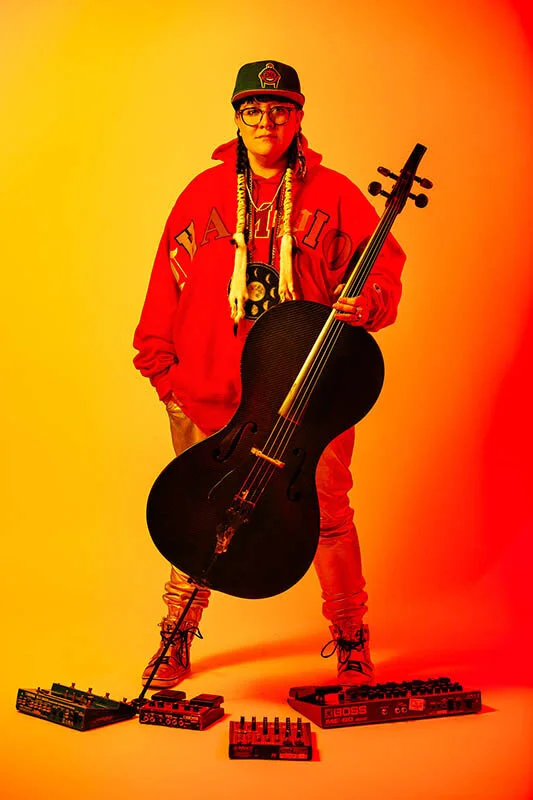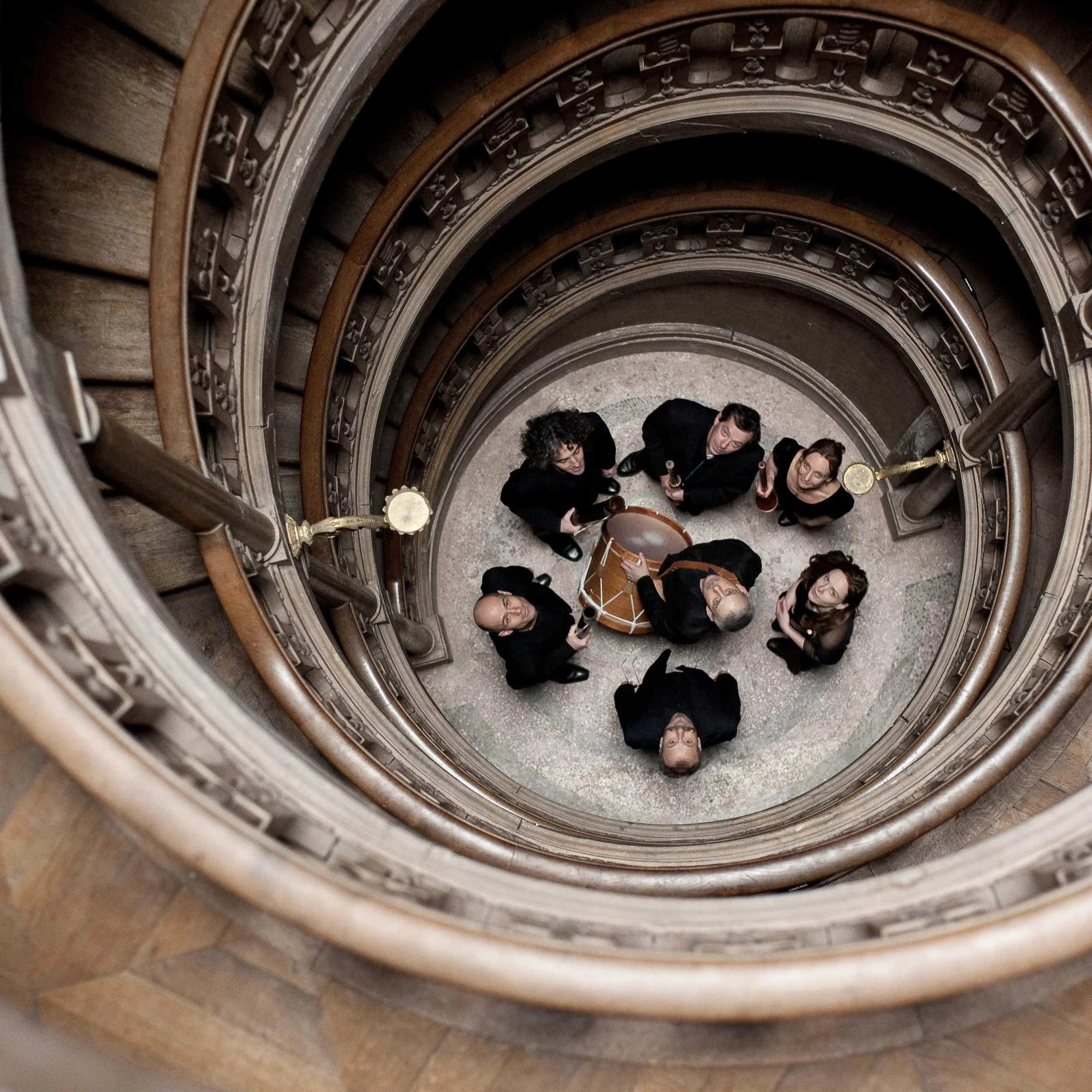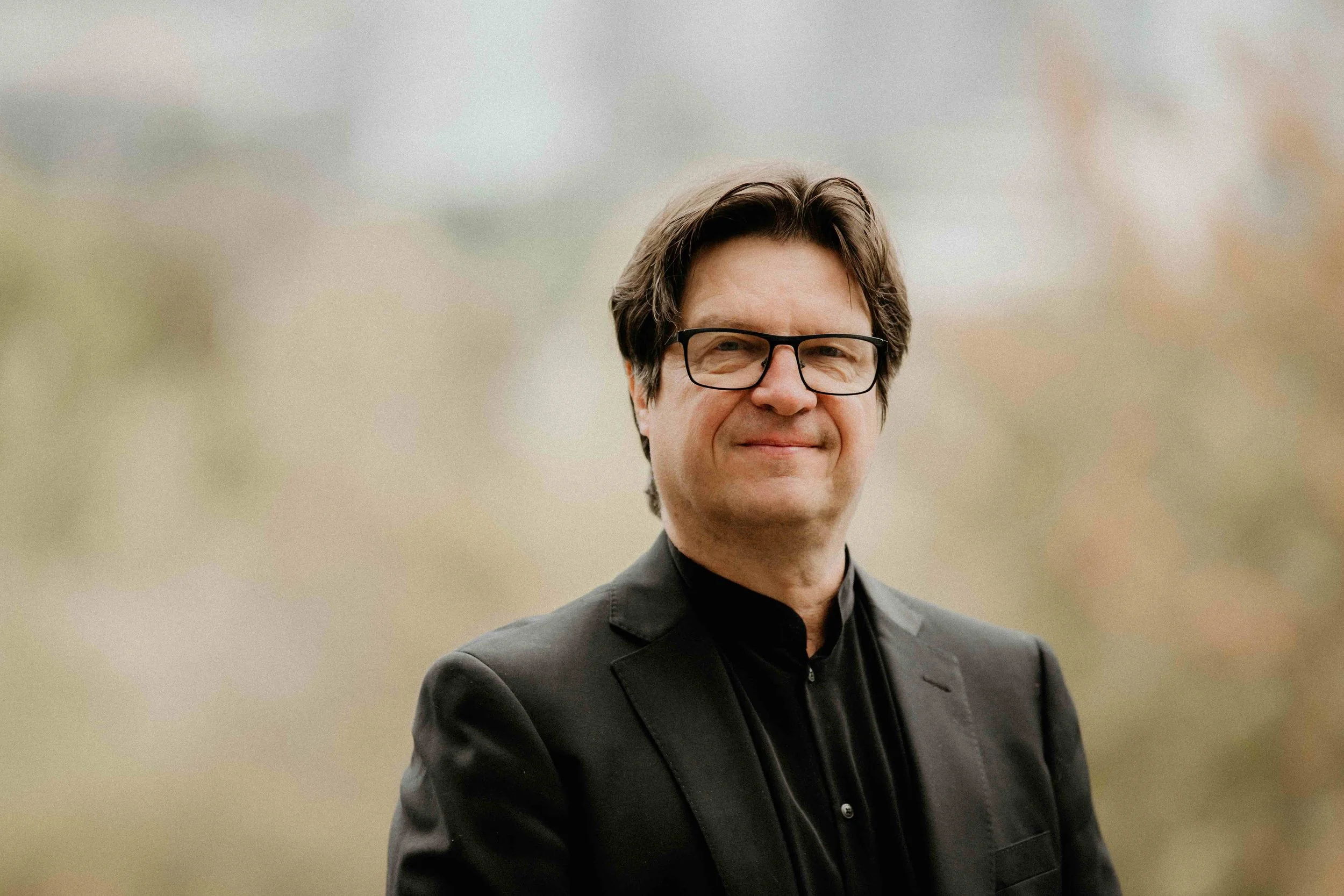Powwow meets classical music in electronic cellist Cris Derksen's daring compositions
The Cree-Mennonite musician performs in Vancouver Symphony Orchestra’s upcoming concert
Electronic cellist Cris Derksen performs with Vancouver Symphony Orchestra October 15 and 16. Photo by Tanja Tiziana
Vancouver Symphony Orchestra presents A New World featuring Cris Derksen on October 15 and 16 at 8 pm at the Orpheum Theatre.
THERE’S NO CATEGORIZING Cree-Mennonite electronic cellist and composer Cris Derksen’s music. Powwow, classical, new wave, techno, folk, and more all influence her style; she has incorporated a drum machine, loop station, synthesizer, and guitar multi-effects pedals into her compositions. Her sound is unlike anything else out there, entirely her own, and as thrilling as it is accessible.
Speaking to Stir by phone from the Tkaronto/Toronto home she shares with her wife, Rebecca Benson, and their Mexican rescue dog, Derksen says that the genres she draws upon are diverse indeed—and yet remarkably compatible.
“They shockingly meld really well together,” Derksen says. “I have been working with powwow for a long time, with [the Juno-nominated 2015 album and subsequent performance piece] Orchestral Powwow, which is symphonic music with powwow music, and the rad thing about strings especially and lot of the horns too is that you can live between the Western art—with very strict key signatures—but still slide within indigenous motifs to be able to blend the two.
“I feel like the best way I’ve been able to metaphor this is talking about it like I’m a jeweller,” says Derksen, who studied music at UBC. “I’m taking little bits of things that I really love in music, like hip hop, and putting them with classic motifs or with Indigenous pentatonic sounds, and it’s really braiding the traditional contemporary over and over and over again until it becomes something new. It’s the idea that creating art is taking something you love and making it your own, while the braiding never ends. It’s always moving forward.”
Local audiences will have the chance to experience Derksen’s genre-defying work when she performs live with Vancouver Symphony Orchestra at its October 15 and 16 concert called A New World.
For Derksen, moving forward also means supporting Indigenous artists, particularly those who, like her, are classically trained and who are fusing their cultures with classical music.
“For me, it’s always pulling up, or pushing up, Indigenous artists and Indigenous art and giving a spotlight,” Derksen says. “What I think is so rad about this Vancouver season in general is there are so many Indigenous artists invited to perform, and it’s definitely a movement across Canada that I’ve been working really hard on, giving Indigenous classical peers the stage and the place where they can tell their own stories within the classical genre.
“There are a lot of Indigenous folks who have the skills, who have the education, to speak the classical language, but in our way,” she says. “I feel like it’s a super exciting time in the classical world. Definitely most of my peers have become busier over the pandemic….It’s something that we are all super grateful and also ready to stand for, too.”
Cris Derksen (left) and her wife, Rebecca Benson.
Originally from North Tall Cree Reserve and Buffalo Head Hills in Treaty 8 territory in present-day Alberta, Derksen—whose lineage includes North Tall Cree Reserve chiefs on her father’s side and Mennonite homesteaders on her mother’s—has always loved music. She remembers asking her mom if she could play the flute when she was three years old. When Derksen was five, her mom bought her a piano, and that’s also when Derksen began writing her own songs. At 10, when the Edmonton public school she attended introduced her to its strings program, Derksen wanted to play bass, but the instrument was too big to fit into the family’s Hyundai Pony. Her mom suggested she pick the next biggest thing. Cello it was. A conventional approach to the instrument Derksen’s is most definitely not.
“It’s such a diverse instrument, and it’s got a huge range,” Derksen says. “We can play the bass now and also be a violin. It’s got so many textures; it’s definitely a language for me. I do hook my cello up to some pedals to colour my palette as far as compositional styles go, and it really opens up the door to what cello can sound like.
“Pedals are really amazing,” she adds. “I started out with a loop station, which allows me to record live. When I was at UBC I starting experimenting, and holy man—because I was already into creating, the loop system allowed me to be my own band, my own orchestra, by myself, with my own rules, and be fully in control of my own harmonic structure that I just super loved. We delved a little deeper and started using multi set pads, like little guitar pedals… It allows me to do so much; I can go down two octaves and I can go up two octaves; I use a lot of delay to give me my rhythm and I also have a synthesizer that I attach to the entire rig, and it really expands what you think a cello can sound like.”
When she performs with Vancouver Symphony Orchestra, Derksen is bringing “a little old and a little new” to local audiences, with four works.
“War Cry” is from her first album, 2010’s The Cusp. Derksen wrote the song when George Bush was in power in the United States, a time she recalls as one where she felt powerless. Composing “War Cry” was a way to draw strength from her ancestors. For her Vancouver appearance, she has recast the solo for the full ensemble.
“New Heya” is particularly special for Derksen, and not only because it’s a chance for her to “show off the electronics and get sparkly”; she will be accompanied by her wife, who will sing with her. “It really is so beautiful,” Derksen says of being able to collaborate with Benson. “She harmonizes with me so well. And it’s so lovely to be able to travel your partner.”
“Overture to the Spiderbeing” was written this past spring as a commission for Ottawa Chamberfest. The ensemble had wanted something to fit with the theme of the circle. “Within Indigenous culture, there’s so much circular imagery,” Derksen says. “There’s the medicine wheel and the dream catcher.” Initially, she envisioned a response to the fact that so many dream catchers are now made in China. Further research revealed that in fact dream catchers originate in Anishinaabe culture; they are not part of Cree culture. She then began looking at spider webs.
“I found some really amazing creation stories that include the spider in the sky world bringing two humans to the earth world, and those were the two first humans,” Derksen says. “The spider bringing them down on the thread I thought was really cool… And I’m also terrified of spiders. It’s a three-minute chamber piece but I feel like it’s going to be a larger work.”
Her fourth piece for the VSO show is “Round Dance”, from her Orchestral Powwow album. “It’s a really beautiful cinematic piece, and it’s definitely one of my favourite pieces that I’ve created for large ensembles or ever, really,” she says. “It’s really cinematic and emotive.”
Also on the A New World program is Anton Dvorak’s Symphony Number 9 in E Minor, B. 178, a work also known as “From the New World” from 1893; and Modest Mussorgsky’s 1874 Pictures at an Exhibition, a piece in 10 movements.
“I’m also so stoked… I’ve been joking that I’m on the same bill as my friends Mussorgsky and Dvorak,” Derksen says with a laugh. “I just really love Mussorgsky. He’s one of my favourite composers. I didn’t know what their [the VSO’s] programming was; when I found out, I thought that’s so perfect. He’s also dramatic; he’s so imaginative, and he also was, like. a giant partier. I imagine I probably would have been pretty good friends with him had we lived in the same time.”
Derksen’s music can also be heard on another local project: she wrote the score for British Columbia: An Untold History, airing on the Knowledge Network. (Episode 1 of the four-part docu-series premiered at this year’s VIFF.) She continues to work for ensembles large and small as well as in other disciplines, notably dance. Derksen is also working on a new album, which is expected to be released next year.
It’s a busy time for Derksen; however she notes that it’s also challenging time to be an Indigenous artist. Although the country’s first National Day for Truth and Reconciliation may be seen by some as a sign of progress, the path forward is of course hardly straightforward.
“‘Reconciliation’ is such a tricky word,” Derksen says. “I don’t fully understand it or know if it’s the right word. What I am pushing for myself is definitely Indigenous folks telling their own stories, Indigenous folks being the lead in major artworks, Indigenous folks having more autonomy. In Canada and in art, Indigenous folks have been mined for resources, so there’s a little bit of taking that back and giving folks the space to feel what they need to feel.
“Is it something we’re going to get over? Well, no. It’s definitely something that we all have to move through, and I think that’s the growing pains of where we are, trying to figure out what that looks like especially this year with all of the unearthings. It’s just heartbreak after heartbreak. I think my role continues to be to tell the truth.”
For more information, see Vancouver Symphony Orchestra at https://www.vancouversymphony.ca/.















